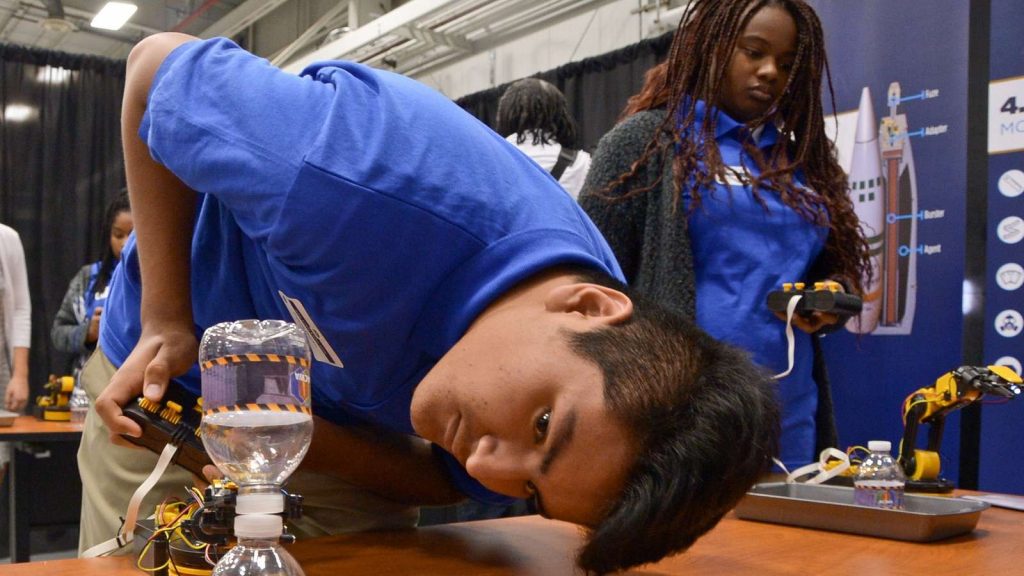Why Play-Based Learning Is Beneficial To Older Students
Play based learning is a great tool not just for younger students, but also at the middle and high school level.

Many people say that you’re never too old to play and that saying is now backed by plenty of experts and research. Play based learning has immense benefits. It builds social skills, develops language and numeracy skills, and motivates the mind in learning. Typically, this type of teaching method is mainly seen in younger grades, such as at the elementary and preschool levels. However, when integrated into a middle and high schoolers curriculum it can be beneficial as well.
By now, it is well known that students learn the best when they are given a wide array of methods to develop skills. But as students enter middle school and high school, any type of recreational time is usually saved for free time after instruction. Peter Gray, a professor at Boston College is an expert researcher and psychologist that has dedicated his work to the interaction between education and play based learning. Gray understands just how important it is for these older students to be given the chance to learn this way.
Within Gray’s extensive research publication, Free to Learn, the professor identifies play based learning as teachings that incorporate elements of imagination, self-direction, and experiences of teaching in which the means are valued over the ends. In his book, Gray discusses how play based learning can foster better students for life, but it also advocates for this type of learning method not only for young children but older ones as well. But how exactly can educators and parents integrate this style of learning into a meaningful way for older kids?
One great tool for play based learning in student design is with play-doh. This modeling compound is a great hands-on tool for little ones, but it has benefits in learning aspects for all grade levels. Other classroom materials like chalk, thread, lego pieces, paints, glitter, and much more can be used by teachers in planned classroom discussions and activities. Giving students the opportunity to work through problems with hands-on lessons can offer a new experience for them with the chance to better understand the lesson at hand.
The benefit of hands-on play based learning comes from multisensory learning. This is the belief that students learn best through teaching that uses all the senses for visual, auditory, kinesthetic, and tactile learning methods. Makers spaces are great tools for older children, especially at the high school level, to incorporate play in school without making students feel like the task at hand is too “babyish”.
Makers spaces are pop-up laboratories for students to learn through a combination of high-tech to easily accessible tools. Some incorporate things like 3D printers and laser cutters, all the way down to legos and other tools for building. Likewise, art projects can serve as a great way to help high school students learn a topic. Furthermore, imagination is a great tool to utilize in learning for older students.

Imaginative play based learning doesn’t stop at the elementary level. It can be used in projects for years to come, and is an important skill-based building tool. For example, a business class can ask students to use their imagination to create their own make-believe business, where they need to design, brand, and budget for it.
In retrospect, most educators already are incorporating play based learning at every grade level, its likely just not as noticeable until you stop to think about it. Still, it is important to understand how a well-rounded curriculum that includes opportunities for students to learn through play is crucial at every grade level. The value of play is limitless and important for everyone – no matter the age.







